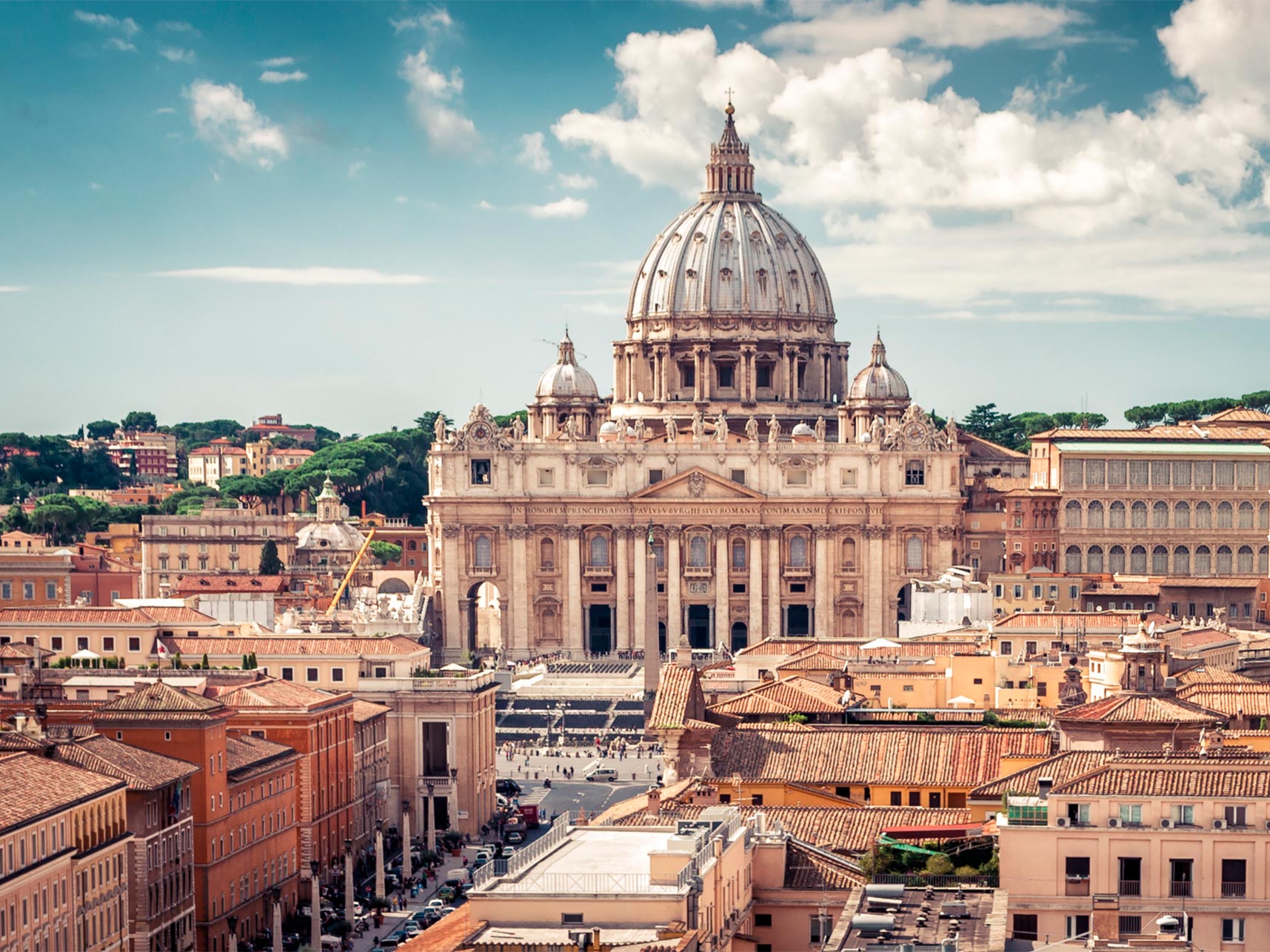Rome est l’une des plus belles villes du monde. A un centre artistique, culturel, historique et monumental et son historique immense a 25.000 points d’intérêt archéologique. Autour du centre de Rome est reconnu, depuis 1980, un site du patrimoine mondial par l’Unesco.
Même ceux qui vivent à Rome dit qu’il est impossible de tout savoir: les Romains en fait dire qu’une vie ne suffit pas de visiter toute la ville. Chaque rue, chaque coin, chaque partie de la zone située entre les murs est en effet unique, précieux, avec une histoire à raconter. Imperium Suite Navona est donc le meilleur choix pour ceux qui veulent en savoir autant que possible à Rome et dont il va profiter au mieux de son atmosphère: dans le centre historique est très proche des principaux monuments et la caractéristique la plus importante et la plus de la Ville Eternelle.
